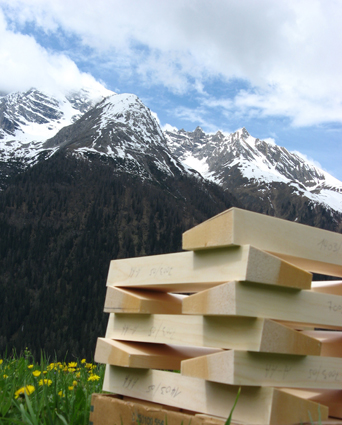[QUOTE=johnfgraham] out of curiosity, I've wondered about bamboo as a bracing material. I'm
building a tenor uke and am considering trying it out. Not that I have
anything against spruce, but I have several species of bamboo growing in
my backyard. The thicker walled types are the ones I'm looking at.
I don't know if I'd be brave enough to use it on a guitar back or top but it
seems like it would work for side reinforcement.
Any thoughts would be appreciated, even if just to talk me out of the idea.
thanks, john
[/QUOTE]
Hey John,
I've also wondered about this so I took some time to run the numbers. Based on the data I found, bamboo has a density of .76 g/cm^3 and a modulus of elasticity (aka stiffness) of 1.67 X 10^6 psi. Sitka spruce has a MOE of 1.57 X 10^6 psi and a density of about .4 g/cm^3.
Basically, what this means is that even though they have comparable stiffnesses, the bamboo is almost twice as dense. Taking into consideration that the equation for natural frequency is always some form of f=(K/m)^.5...this means that a guitar with spruce bracing will have a higher pitched resonant frequency than bamboo (assuming the same geometries are used). The exact effect of switching these materials is over my head at the moment. So, Maybe bamboo would be good if you wanted to build an acoustic bass?? Sure would be cool to try.
I knew that vibrations class would come in handy sometime!

